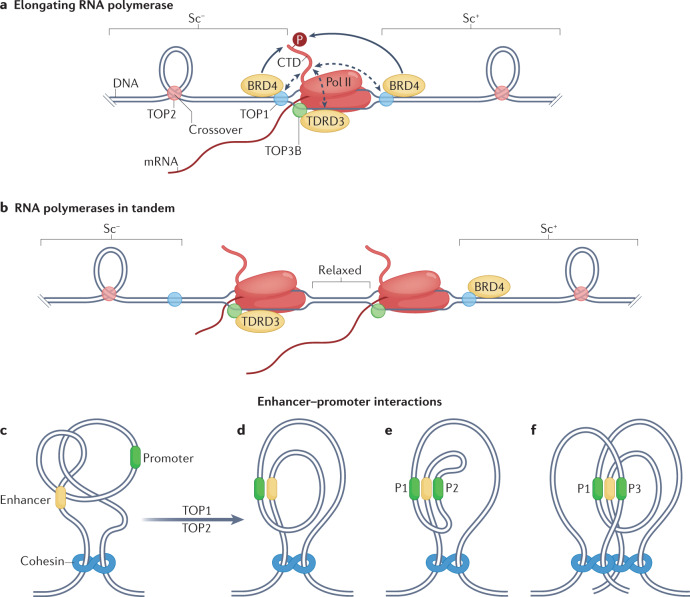Fig. 2. Functions of topoisomerases in transcription.
a | Transcription induces positive DNA supercoiling (Sc+) ahead of RNA polymerase II (Pol II) and negative supercoiling (Sc–) behind it54. Topoisomerase 1 (TOP1) directly binds the carboxyl terminus domain (CTD) of Pol II (dashed arrows) and is activated by bromodomain-containing protein 4 (BRD4), which phosphorylates the Pol II CTD (P)56. This interaction can efficiently remove Sc+ and allow translocation of Pol II. Behind the transcription complex, excessive Sc– must be removed to prevent formation of R-loops and alternative DNA structures169 (not shown). Recruitment of TOP3B by Tudor domain-containing protein 3 (TDRD3), which interacts with the Pol II CTD, suppresses R-loops27. TOP1 deficiency also leads to increased levels of R-loops owing to Sc– accumulation behind Pol II169. b | In theory, polymerases transcribing in tandem could cancel supercoiling between them, which would facilitate transcript elongation. c–f | Removal of topological constraints by TOP2 and TOP1 (part c) facilitates close interactions between enhancers and promoters: enhancer–promoter interaction within a topologically associating domain (TAD) (part d); a single enhancer activating two promoters (P1 and P2) in the same TAD (part e); and activation of two promoters (P1 and P3) in different TADs (part f).

